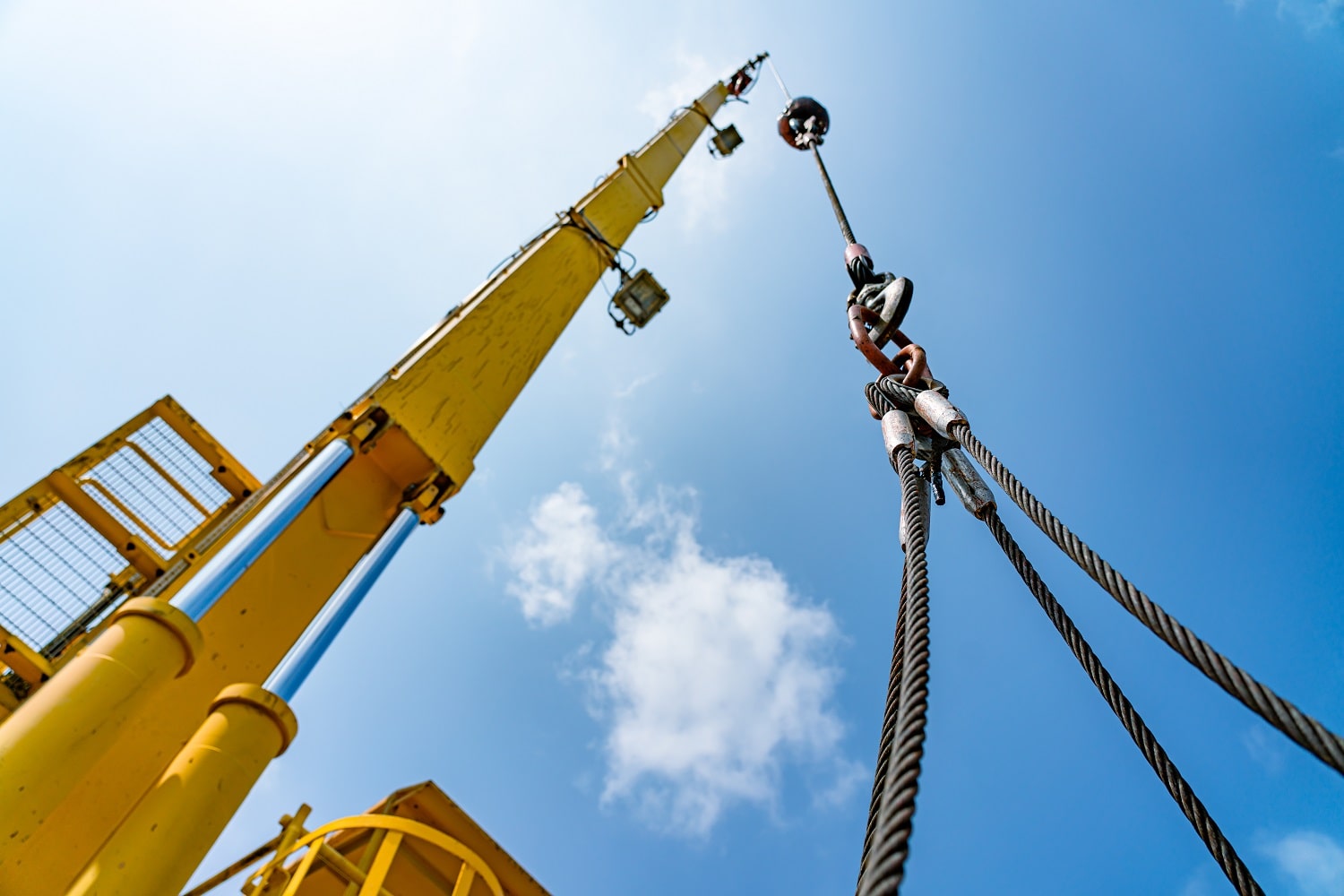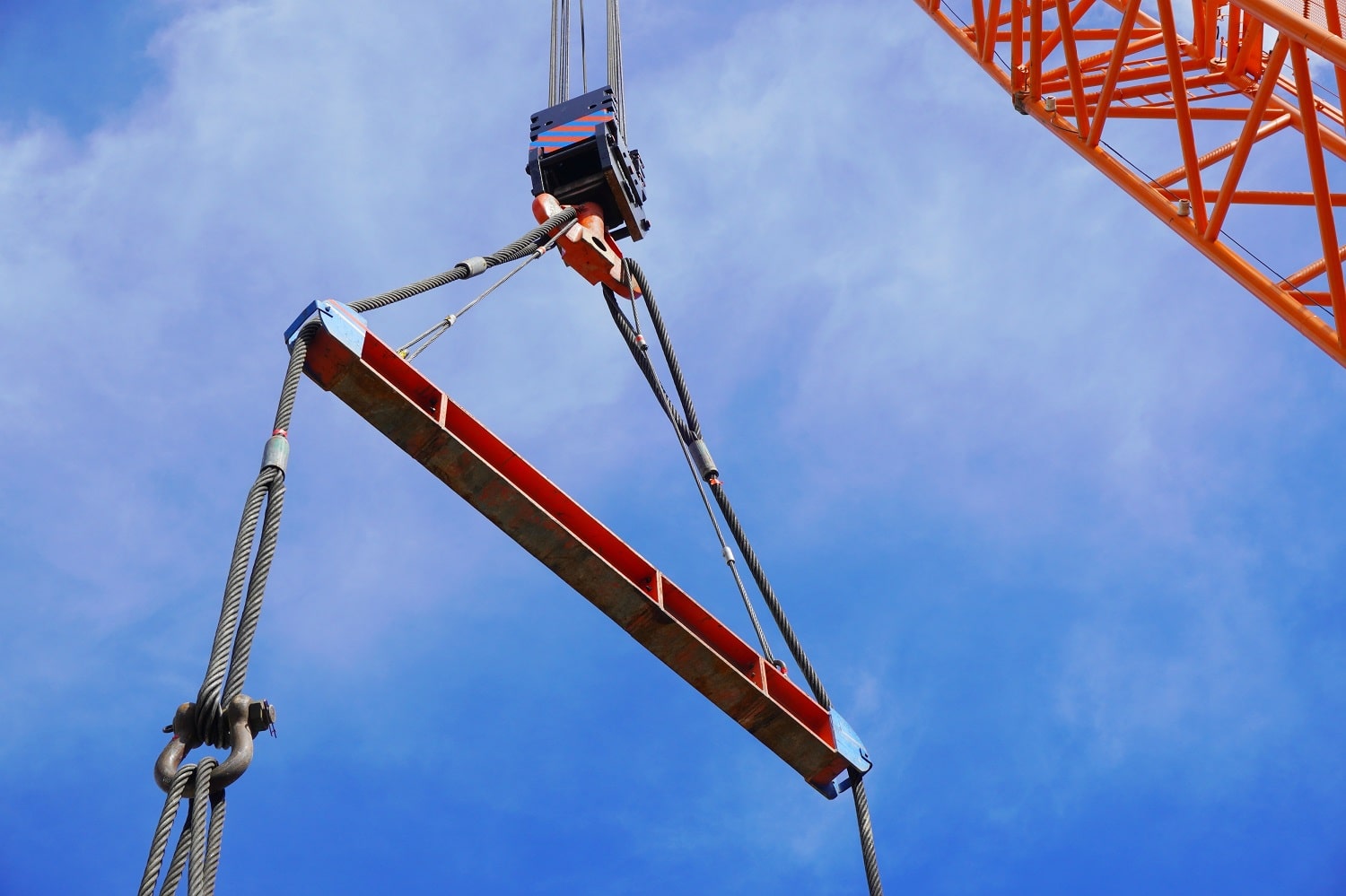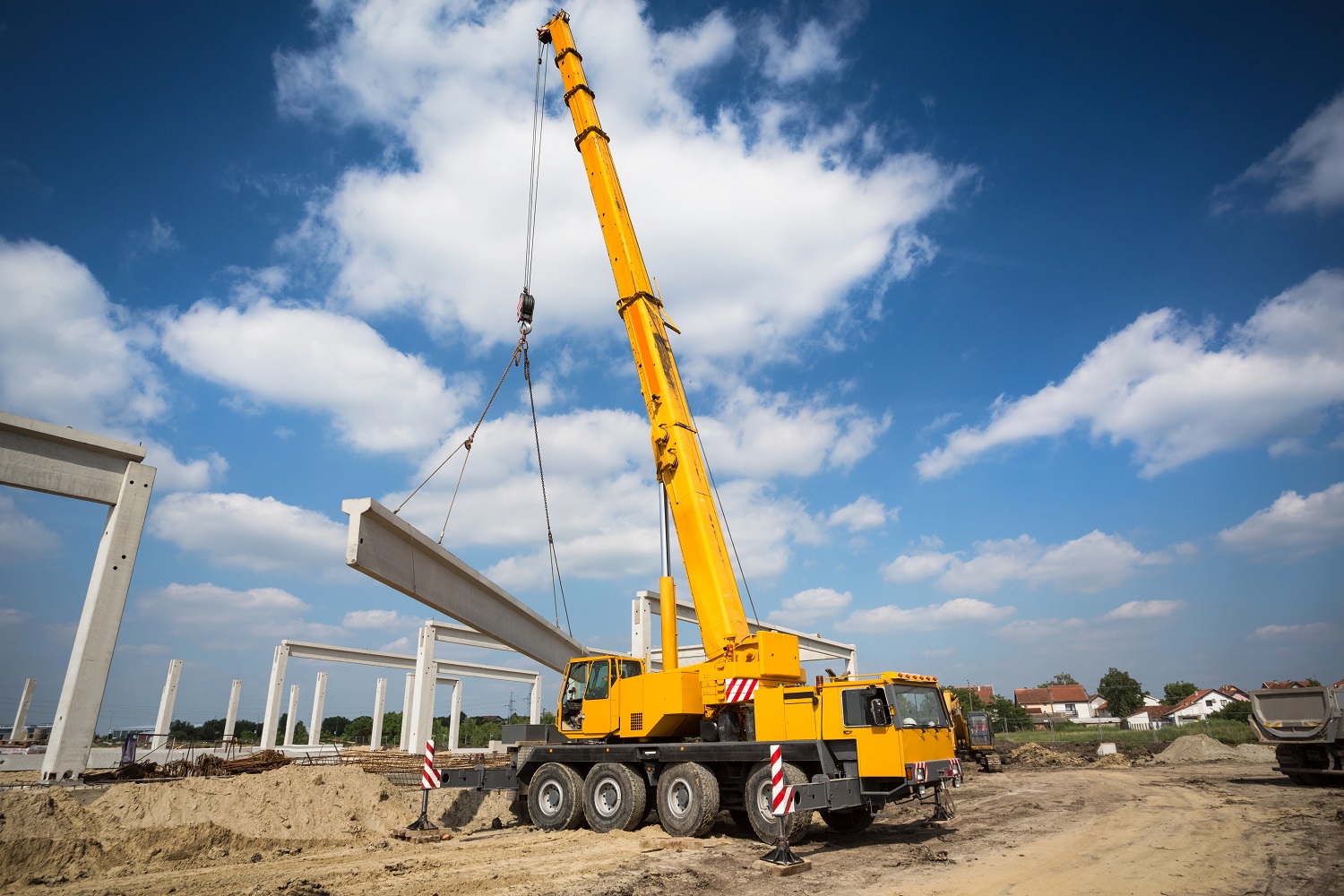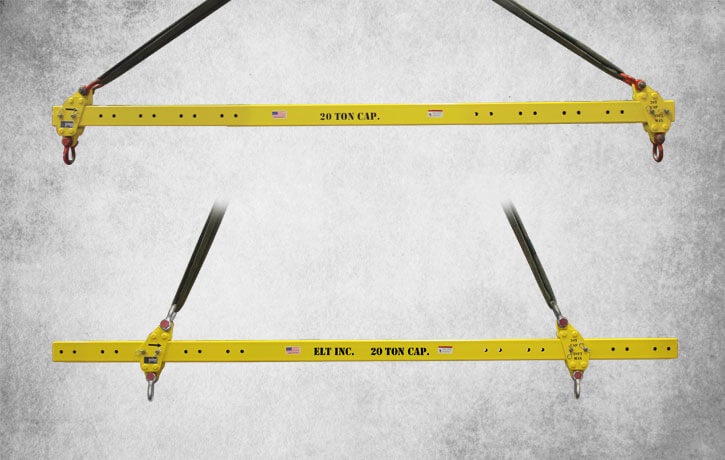How To Lift Off Center Heavy Loads

Lifting an off-centered heavy load can be both challenging and extremely dangerous for any company and workforce. When you lift an off-centered heavy load, the weight distribution of the load can become unstable, causing it to shift unexpectedly. This can result in your load slippage, dropping the load, property destruction, or personal injury.
To avoid these risks, it’s important to ensure that the load is centered and balanced before attempting to lift it. If you’re not sure whether the load is centered or balanced, here are some steps to lift off-center loads:
Determine the Center of Gravity: The center of gravity is the point where the load is balanced evenly in all directions. If a load is uniform in size and length, the center of gravity would be directly in the middle. For loads that aren’t uniform, the following formula can be used:
(Higher Side Weight / Total Weight ) = Center of Gravity
To use this formula, you will need to attach a load link to each end of the load. Take a weight measurement of both the left end weight and right end weight. For the formula you will need to add both the left and right weight to get your (Total Weight), and you will also need to use the higher of the two sides for (Higher Side Weight).
An example would be:
Left End Weight = 4,500 pounds
Right End Weight = 6,000 pounds
Total Weight = 10,000 pounds
Using the formula:
6,000/10,500 = .57
This means that the center of gravity is .57 of the distance between your two load measurement points toward the heavier end.
Select the Proper Rigging: Select the proper rigging equipment based on the load’s weight, shape, and center of gravity. Use slings, shackles, or chains that are rated for the weight of the load and the lifting capacity of the crane.
Use a Tagline: A tagline is a rope attached to the load to help control its movement during lifting. Use a tagline to keep the load from swinging or rotating during lifting.
Use a Spreader Bar: If the load is too large or unevenly shaped, use a spreader bar to distribute the weight evenly across multiple lifting points. This will help prevent the load from tipping or shifting during lifting. Adjustable spreader beams can utilize multiple beam construction and be made to fit up to a four-point construction option.
Lift Slowly and Carefully: Lift the heavy load slowly and carefully to prevent any sudden movements or shifts. Keep the load level and use the tagline to control its movement.
Inspect the Load: After lifting the load, inspect it to make sure it is secure and balanced. Make any necessary adjustments before moving the load to its final destination.
Follow Safety Procedures: Always follow safety procedures when lifting off-center loads. Ensure that all rigging equipment is in good condition and that the crane is properly maintained. Only trained and authorized personnel should be involved in the lifting operation.




